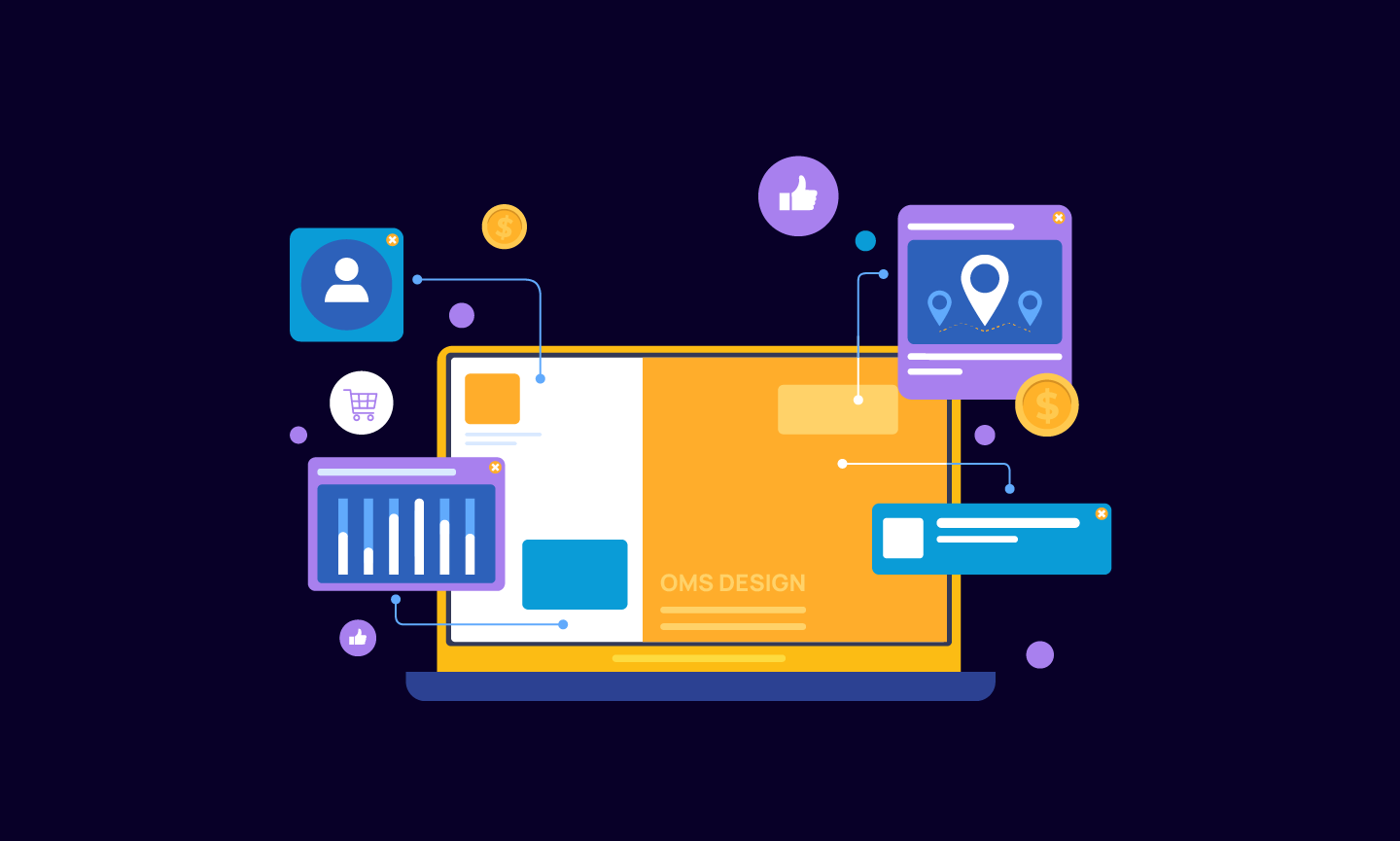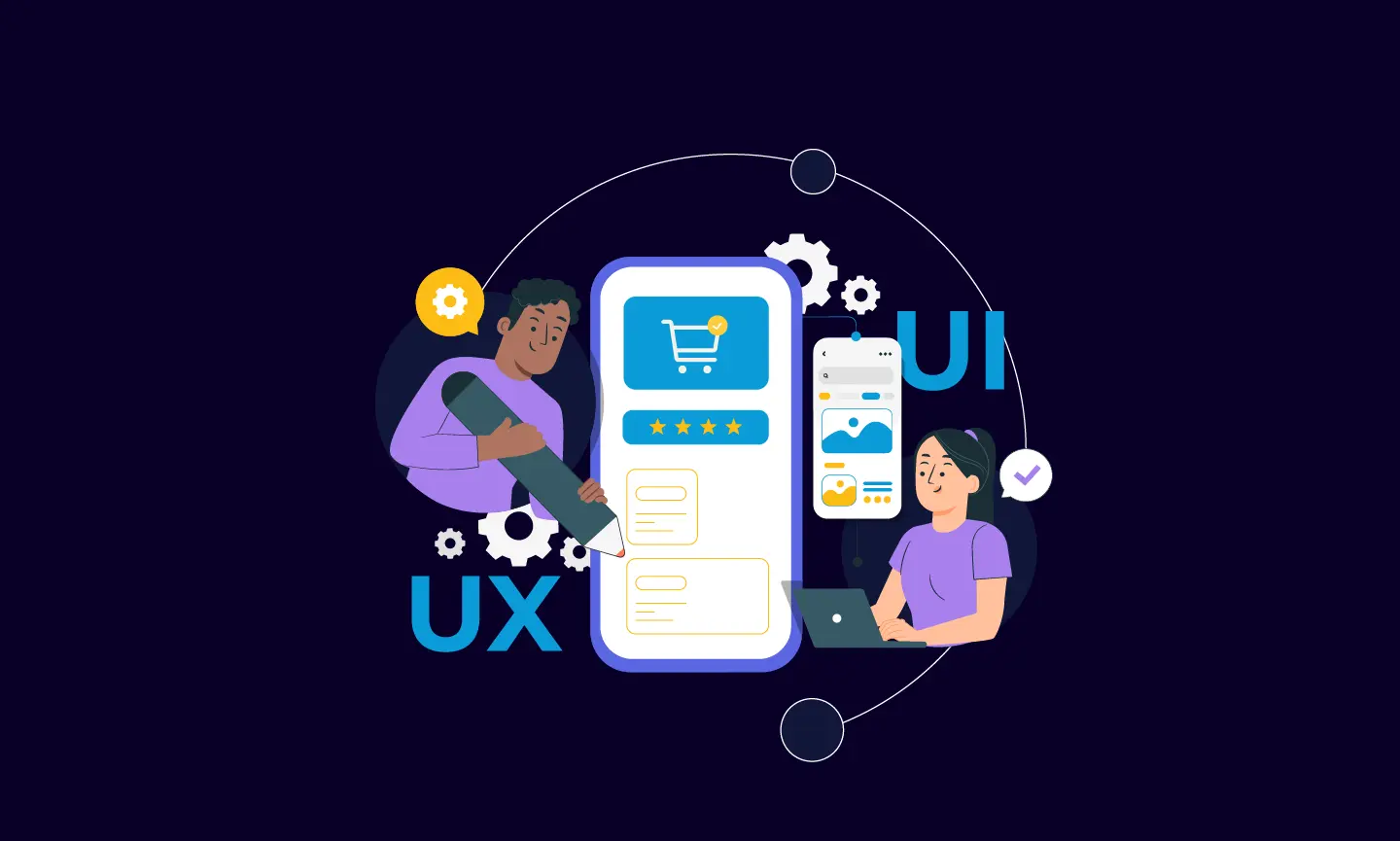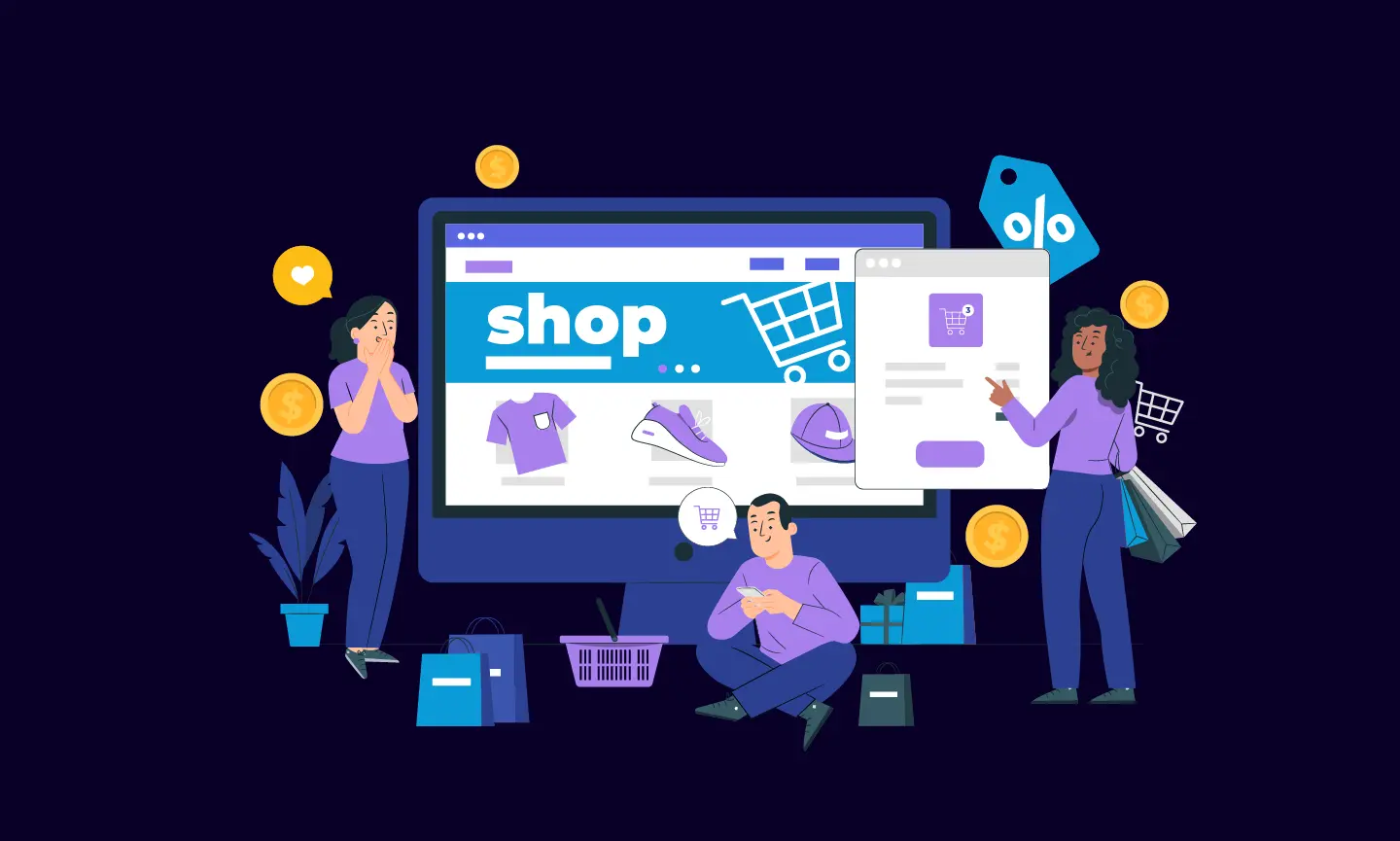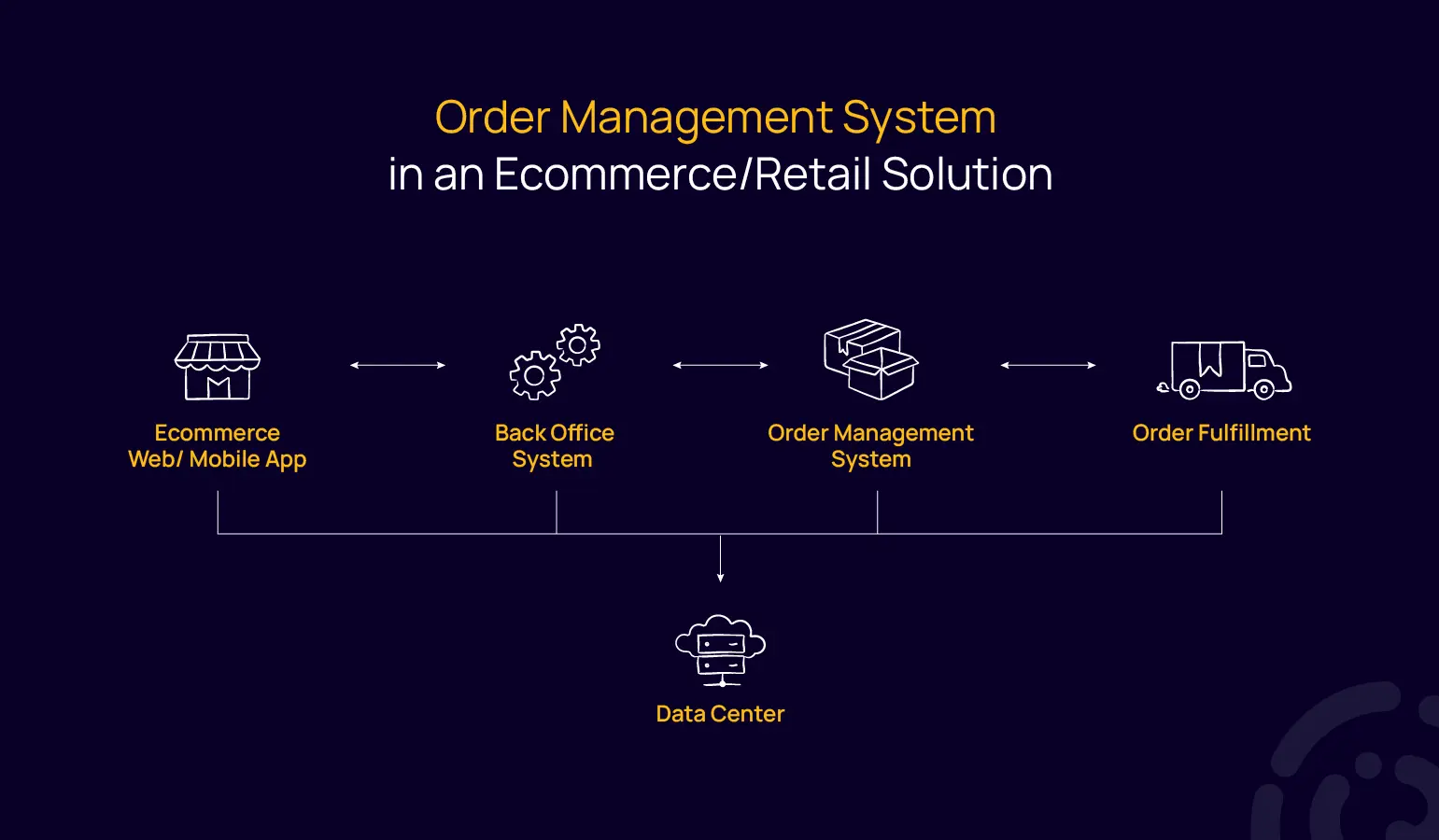- Đăng Ký
- Đăng Nhập
- Mở Shop
An Order Management System (OMS) is a digital solution that simplifies and automates the entire order management journey, from order placement to delivery of goods to end users. This centralized platform eliminates the need for outdated spreadsheets and complex enterprise resource planning systems (ERPs), seamlessly managing high-volume orders to prevent overload and errors. OMS enhances inventory control, optimizes order fulfillment, overseas shipping, and tracking, and efficiently handles returns or refunds. It’s an essential tool for managing orders across multi-channels retailing, such as e-commerce platforms, physical retail outlets, third-party logistics and warehousing partners, and authorized distributors. By implementing an ordering system for businesses, they can streamline fulfillment, minimize shipping and overhead expenses, boost data accuracy, and enhance their picking and packing processes.
 Are you looking to enhance your e-commerce operations while improving customer satisfaction? An Order Management System (OMS) can help you achieve both goals simultaneously.
Are you looking to enhance your e-commerce operations while improving customer satisfaction? An Order Management System (OMS) can help you achieve both goals simultaneously.
Order management systems offer numerous benefits to businesses. An OMS can optimize operational efficiency by automating various stages of the ordering process, reducing human errors, and speeding up order fulfillment. It can also provide real-time inventory updates, which will help each department have clear communication and visualization to maintain optimal stock levels and avoid issues like overstocking or stock-outs which will directly affect the business’s cash flow. With detailed reporting and analytics extracted from retail order management systems, businesses can gain insights into their sales trends, and collect customer behavior data so that they can consider making data-driven decisions for the upcoming season.
From a customer’s perspective, an OMS can significantly enhance the shopping experience. It ensures accurate and timely order fulfillment, reducing errors and delays. Customers can also track their orders in real-time, receiving transparent updates so that they can actively arrange their schedule to receive them. With a well-implemented returns management system, customers can easily return or exchange products, boosting customer satisfaction and loyalty to the brand.

Jeff Bezos invested 100 times more in customer experience than advertising during the first year of Amazon, and according to research done by Forrester, every dollar invested in UX brings an average return of 100 dollars. From this information, we can infer that the ROI of UX designing products is a whopping 9,900%.
User Interface and User Experience design in e-commerce serve dual purposes – not only enhancing the customer experience but also boosting operational efficiency. An appealing and intuitive design solution captivates customers right from their entry point, guiding them through an easy-to-navigate and enjoyable shopping journey. This results in higher sales, customer retention, and loyalty – all critical elements for a thriving e-commerce platform. The front-end impact of User-centered design is therefore pivotal in securing and sustaining customer interest, ensuring they purchase and return for more.

The impact of UI/UX design isn’t limited to the front end of e-commerce. It also plays a significant role in back-end operations, especially in Order Management Systems (OMS). A well-structured UI/UX design presents an initial basis for facilitating the entire multichannel order management process, from order capture to processing, fulfillment, tracking, inventory management, returns management, reporting, and analytics in a visually appealing and intuitive way. Let’s discover how UI design and UX design can leverage every aspect of an OMS.
The order capture process is the first step in the OMS system when a client places an order that sends real-time notifications from the omnichannel to employees. An intuitive UI/UX design simplifies this process by providing a user-friendly interface for customers to select products, customize options, and fill in the necessary information. Moreover, a well-designed order capture process minimizes errors and builds customer confidence, leading to a higher conversion rate.
After receiving an order, the staff will proceed with the Order Management Process, which includes checking inventory availability, applying for discounts and promotions, calculating shipping costs, and preparing orders for fulfillment. For instance, a user-friendly interface with real-time inventory levels can alert customers when stock is low or unavailable, preventing order cancellations and enhancing customer satisfaction. From a UI/UX design standpoint, it’s all about providing clear, timely updates to customers about their order status, which can be accomplished through timely notifications and a user-friendly ‘My Orders’ section.

Order fulfillment involves picking, packing, and shipping the ordered product to customers as quickly as possible. While most of this process happens behind the scenes, good UI/UX design can still expedite the process. By providing a clear visual dashboard and easy-to-understand navigation, an order management system design can be easily applied to any traditional system to transform it into a more digitalized system, which can streamline the fulfillment process, reduce human errors, and increase order turnaround speed. An OMS can make the fulfillment process more manageable for warehouse staff, leading to faster order completion and timely deliveries.
Modern online shoppers behave differently after completing their purchases and while waiting for their goods to ship. They expect to be able to actively manage online orders in real-time and easily access information about their order status, shipping details, and expected delivery dates. A user-centric Order Management System (OMS) can provide all of these features.
Through real-time order tracking, company strategists can view and track sales from every retail channel and stay updated about the progress of each order throughout its lifecycle. If a delay occurs, the OMS must display the reason for the delay and how to remedy it immediately.
Today’s retailers are increasingly adopting e-commerce, particularly as they implement omnichannel retail, to avoid the risks of relying on a single platform. They use multiple sales channels, such as social media, marketplaces, and websites, to promote and sell the same product. When a unit is sold via one channel, the data in the other channels needs to be updated in real-time. This enables managers to control the demand-supply balance as well as inventory volume. Thanks to the order management system for small businesses designed by Lollypop Design Studio Vietnam, which provides real-time inventory updates, businesses can maintain optimal stock levels and prevent stockouts or overstocks. A customized user experience (UX) and user interface (UI) design ensures that managers can easily monitor and manage inventory levels, enabling them to make informed decisions based on data and minimize operational costs.
Handling returns can be a complex and time-consuming process. However, by leveraging user-centric UI/UX design, the return management process can be significantly simplified and made more efficient. From a business perspective, an effective UI/UX design can streamline the process of initiating a return, selecting the reason for the return, and arranging for pickup or drop-off, resulting in cost savings and less workload for customer service teams. Moreover, a transparent and efficient returns process can enhance customer trust and loyalty, which is imperative for building stronger customer relationships.

In the era of big data, businesses heavily rely on reporting and analytics for strategic decision-making. A well-designed web order management with an intuitive user interface and user experience can provide a wealth of data on sales trends, inventory levels, customer behavior, and more.
The success of any e-commerce business depends on its ability to collect, analyze, and understand data. An e-commerce order management system designed with a strong focus on UI/UX can serve as a powerful tool for data-driven decision-making. Effective order management solutions predict exactly how much safety stock you require to avoid over-ordering and overselling. By working with up-to-date analytics and sales projections, an OMS can plan your supply needs to ensure demand is satisfied without producing deadstock. With effective UI/UX design, complex data, including sales and performance data, can be presented in an easily digestible format, providing valuable insights at a glance. Interactive dashboards and data visualization allow businesses to understand trends, detect issues, and make strategic decisions quickly and accurately.

Most businesses invest a significant amount of time, money, and resources into designing an effective E-commerce Web/Mobile App. This front-end interface is where direct interaction with buyers happens, and therefore, it’s imperative to ensure it’s user-friendly and attractive. However, understanding the technology base that can leverage the back-office systems is equally important to ensure a seamless shopping experience.
Retail businesses, especially large supermarkets, face constant challenges with manually updating product information, managing shelf displays, and altering selling prices or promotional policies. All these processes put great pressure on the operating system, and manual updates can lead to errors, inefficiencies, and wasted time, cost, and resources. By integrating the E-commerce front-end interface with robust back-office systems, businesses can streamline their operations and overcome these challenges. With an integrated system, product information can be automatically updated across platforms, shelf displays can be managed efficiently, and price changes or promotional updates can be implemented seamlessly. This not only reduces the risk of errors and inefficiencies but also saves time, cost, and valuable resources, allowing businesses to focus more on enhancing the user experience and driving sales.
At Lollypop Vietnam, we specialize in transforming retail businesses through user-centric OMS design through a tailored Agile design process that fits with business resources. We recognize the crucial role of data in guiding business decisions. That’s why we focus on designing user-friendly UI/UX solutions that collect and analyze data from all stages of your business operations, including your E-commerce Web/Mobile App, Back Office System, OMS, and Order Fulfillment. This information will empower you to make better-informed decisions, whether it’s forecasting stock levels to meet customer demand during peak sales periods or identifying bottlenecks in your order fulfillment process that need to be addressed, reducing the risk of operational conflicts and enhancing customer satisfaction.
We have integrated our solutions into omnichannel retail systems, especially for large supermarkets in Vietnam that are required to handle a variety of SKUs, shelves, and high order volumes from the need to purchase essential goods, leading to a significant 20-35% boost in order handling efficiency across all sales channels.
Let Lollypop Design Studio Vietnam help you achieve superior UX/UI design and transform your e-commerce operations. Contact us today to learn more about our OMS design solutions.
Chú ý: CongMuaBan.vn không bán hàng trực tiếp, quý khách mua hàng xin vui lòng liên lạc với người bán.

